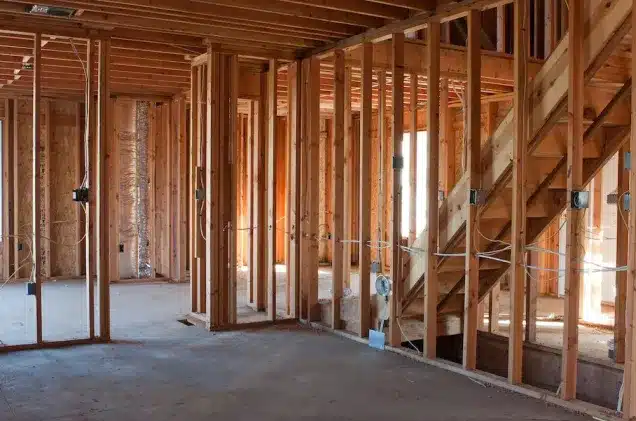The short answer to that question is an unequivocal ‘Yes’! No one is perfect. Even the best, and most capable builders are only as good as their weakest subcontractor. Things get missed! If you ask anyone who has been involved in having a newly constructed property inspected, they’ll describe the innumerable defects and issues that would have otherwise been undiscovered and/or led to bigger problems.
An inspection of a new construction property is important for several reasons:
- Identifying Defects Early: Even in new construction, there can be defects, errors, or oversights made during the building process. An inspection can uncover these issues before they become more significant problems.
- Ensuring Quality: Inspections help ensure that the property is built to high standards of quality and craftsmanship. If performed at the right time, they can catch issues related to construction materials, workmanship, and adherence to industry standards.
- Safety: Inspections can identify safety hazards such as improperly installed electrical wiring, gas leaks, or structural weaknesses. Addressing these issues early can prevent accidents or injuries.
- Protecting Your Investment: Buying a new construction property is a significant investment. An inspection provides peace of mind by confirming that your investment is sound and that the property meets your expectations.
- Negotiating Repairs: If the inspection uncovers any issues, you can negotiate with the builder to have them addressed before closing or as part of your warranty agreement.
- Understanding Your Home: An inspection provides valuable information about the construction materials, systems, and maintenance requirements of your new home. This knowledge can help you better maintain and care for your property in the long run.
The role and value of new construction property inspection options have evolved as the dynamics of the construction and real estate markets have changed. Generally, three (3) different approaches to these inspections are commonly employed: Phase Inspections, Pre-Punchlist Inspections, and 11th-month Warranty Inspections.
New Construction: Phase Inspections
Phase inspections typically occur at various stages of the construction process to identify any issues or defects that need to be addressed before they become more challenging or costly to identify or fix.
Common stages at which inspections might occur during new home or property construction:

- Foundation Inspection: This inspection occurs after the foundation has been formed but before any concrete pouring or further construction proceeds. It ensures that the structural components of the foundation are constructed according to the engineered design and meet structural requirements.
- Framing, Electrical, Plumbing, and HVAC Rough-in Inspections: These inspections occur after the wall structures are complete and all electrical, plumbing, and HVAC systems have been installed, but before the walls are finished (drywall, etc.). Inspectors check that the framing, wiring, piping, and ductwork are installed and properly positioned according to generally accepted practices and the specific design documents.
- Insulation Inspection: Insulation inspection ensures that the appropriate type and amount of insulation have been installed correctly throughout the property to meet energy efficiency standards.
- Final Inspection: The final inspection occurs when the construction is almost complete. Inspectors thoroughly examine the entire property to verify the installation, condition, and operational status of all structural and system components.

New Construction: Pre-Punchlist Inspections
A pre-punchlist inspection is typically conducted by a qualified inspector before the final walkthrough with the builder. The purpose of this inspection is to identify any defects, incomplete work, or issues that need to be addressed by the builder before the owner takes possession of the property. It’s very similar to a standard property inspection. Key aspects of a pre-punchlist home inspection include:
- Exterior Inspection: The inspector examines the exterior of the property, including the roof, siding, windows, doors, decks, and landscaping. They check for proper installation, any damage, or areas that need further attention.
- Interior Inspection: Inside the property, the inspector evaluates the walls, ceilings, floors, doors, and windows for any visible defects such as cracks, uneven surfaces, or damage. They also inspect the functionality of doors, windows, and locks.
- Systems Inspection: This includes checking the functionality of major systems such as plumbing, electrical, heating, ventilation, and air conditioning (HVAC). The inspector ensures that these systems are properly installed, functioning correctly, and meet safety standards.
- Finishes and Fixtures Inspection: The inspector examines the finishes and fixtures throughout the property, including cabinets, countertops, flooring, paint, trim, and hardware. They look for any defects, damage, or incomplete workmanship.
- Documentation Review: The inspector may review relevant documents, such as building permits, plans, and specifications, to ensure that the construction complies with approved designs and requirements.
- Reporting: After the inspection, the inspector provides a detailed report to the property owner and builder, documenting any defects or issues found during the inspection. This report serves as a reference for the builder to address the identified issues before the final walkthrough.
New Construction: 11th Month Warranty Inspections
An 11th-month warranty inspection, sometimes referred to as a builder’s warranty inspection, is typically conducted shortly before the end of the first year after the property’s construction is completed. This inspection is arranged by the owner to identify any defects or issues covered under the builder’s warranty before it expires and generally includes:
- Comprehensive Inspection: A thorough examination of the property (similar to the pre-punchlist inspection), to identify and document any defects, deficiencies, or issues that have arisen since the completion of construction.
- Communicating with the Builder: The homeowner shares the findings of the inspection report with the builder or developer, highlighting the identified defects and requesting repairs or corrections under the warranty agreement.
- Addressing Warranty Repairs: The builder is typically responsible for addressing warranty repairs within the agreed-upon timeframe outlined in the warranty agreement. This may involve scheduling repairs with subcontractors or addressing the issues directly.
- Finalizing Warranty Claims: Once the repairs are completed, the homeowner may schedule a follow-up inspection to ensure that all identified issues have been properly addressed.
A new construction inspection is an essential step in the buying process, ensuring that you’re making a well-informed decision and protecting your investment in your new property.


